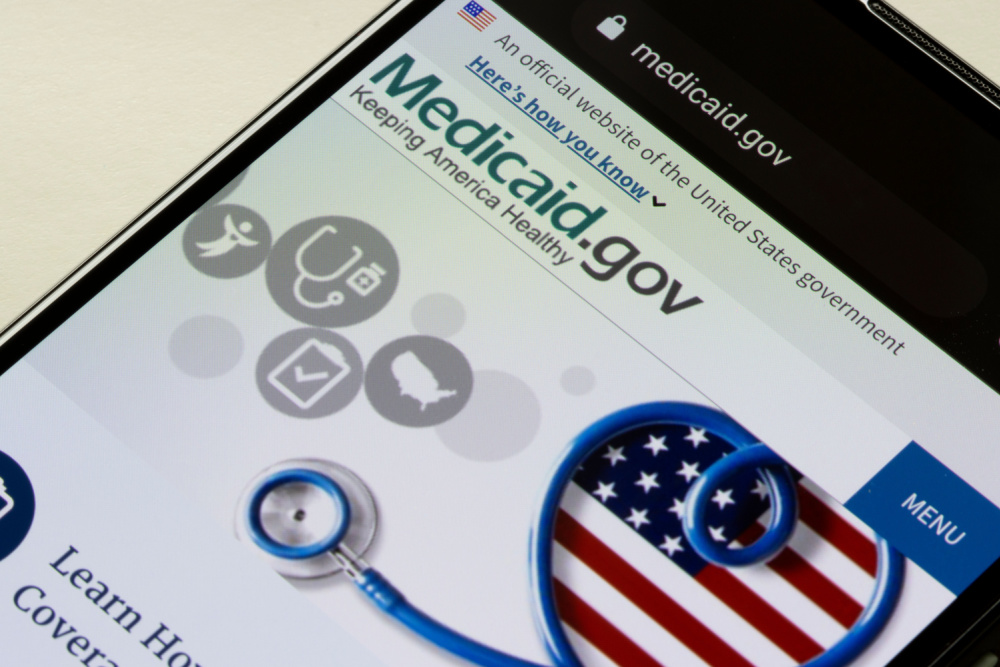Medicaid is a widely utilized government program to help with health costs, with over 90 million Americans enrolled in Medicaid or CHIP as of August 2022. Among benefits provided by the program, is assistance paying for long-term care that costs $1,625 per month on average throughout the United States. After retiring, seniors may find their finances stretched thin among rising living costs associated with inflation and other expenses, so Medicaid assistance can provide crucial support.
However, receiving Medicaid benefits requires individuals to meet a list of criteria and avoid breaking rules to prevent exploiting the program. One such rule, is giving away assets to appear less financially capable. To ensure individuals aren’t giving away everything they own so they can qualify for Medicaid, the government has a “look-back period” in which they will review all financial transactions by the applicant. Violations come with serious penalties, so applicants should be informed to ensure they don’t accidentally break the rules.
In this post, we’ll discuss what Medicaid’s look-back period is, what the penalties are, and how to avoid them.
What is Medicaid’s Look-Back Period?
Medicaid’s look-back period is the length of time that the government will review financial transactions for a Medicaid applicant to check for suspicious activity that violates the program’s rules. The look-back period is 5 years in 49 of the 50 states, with the exception being California which has a 2.5 year look-back period.
When applying for Medicaid, the government will analyze all financial transactions made by the individual during the look-back period. This includes any purchase, sale, or transfer of assets by the Medicaid applicant. During this analysis, the government will look for any suspicious activity in which an asset was given or received for a value lower than what is considered fair on the open market.
Penalties for Look-Back Period Violations
If a Medicaid applicant has a look-back period violation, the penalty comes in the form of a period of time in which an individual is ineligible for Medicaid. This penalty is based on the total value of the ineligible transactions and the average private patient rate for nursing home care in the applicant’s state. The formula to calculate the look back period penalty is:
Total Value of Ineligible Transactions ÷ Average Private Patient Rate for Nursing Home Care = Look-Back Period Penalty
When calculating this value or looking for additional information, you may find that the average private patient rate is also referred to as the “penalty divisor.” Additionally, it should also be noted that there is no maximum look-back penalty period.
Examples of Look-Back Period Violations and Penalties
To help understand what constitutes a look-back period violation and the resulting penalty, here are a few examples of the practice in a real world setting:
Example 1: A one-time gift
Example 2: A recurring transfer
Example 3: A below fair-market sale
How to Avoid Look-Back Period Penalties
To avoid an accidental ineligible transaction that can delay access to Medicaid, applicants should follow these rules or exceptions when applicable.
- Disabled Children: You’re allowed to transfer assets of any amount to a disabled child under the age of 21 to help pay for their care.
- Siblings: Any sibling(s) that own a portion of your home and have been living there for one year or more can receive your interest in the home without a penalty
- Spouses: You can transfer assets to your spouse through the Community Spouse Resource Allowance (CSRA), with the maximum depending on the state you live in. In 2023, the CRSA ranges from $29,724-$148,620.
- Adult Children Caregivers: if you have an adult child who lives with you and has served as your primary caregiver for at least two years, you can give them your home without a penalty.
- Debt: You are allowed to pay off as much debt as you want, meaning you can use available income to pay off your mortgage or other outstanding balances you owe.





